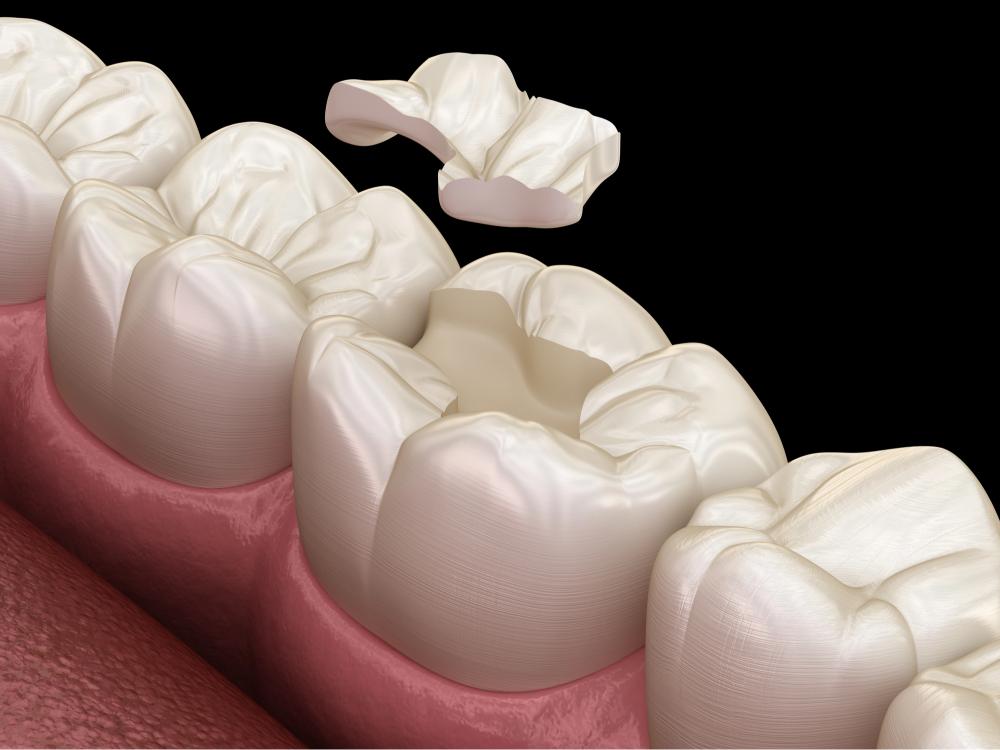An inlay restoration is a dental procedure designed to repair decayed or damaged teeth. Unlike traditional fillings, an inlay fits into the grooves of a tooth, restoring both its function and appearance. This custom-made restoration is often made from porcelain, composite resin, or gold, offering a durable and aesthetic solution to tooth damage.
If you are considering a dental inlay, it is important to understand when and why you might need one. Here is what you need to know.
Why Would You Need an Inlay Restoration?
Inlays are an excellent choice for treating moderate tooth decay or damage. They are particularly useful if the cavity is too large for a standard filling but not extensive enough to warrant a full crown. An inlay can provide a more precise and effective solution in such cases. Inlays help preserve the natural structure of the tooth while offering a durable restoration.
Common reasons for needing an inlay include:
- Moderate Tooth Decay: When a cavity is too large for a filling, an inlay can bring back the tooth’s structure without the need for a crown.
- Tooth Damage: Inlays can repair cracks or fractures in a tooth, offering strength and preventing further damage.
- Aesthetic Concerns: Porcelain inlays blend well with the natural tooth color, making them ideal for visible teeth.
- Long-Lasting Solution: Inlays are durable and resistant to wear, offering a long-term fix.
The Inlay Restoration Process
The process of getting an inlay typically requires two appointments. During the first visit, the dentist will remove any damaged or decayed portions of the tooth and clean the area thoroughly. They will then take an impression of the tooth to create a custom inlay, which is sent to a dental lab for fabrication. In the meantime, a temporary filling is placed to protect the tooth.
At the follow-up appointment, the dentist will remove the temporary filling and place the custom inlay. It is then bonded securely to the tooth, and any necessary adjustments are made to ensure a comfortable and accurate fit. This procedure restores the tooth’s function and reinforces its strength.
Benefits of Inlay Restorations
Inlays have several benefits over traditional fillings or crowns:
- Durability: Inlays are more durable than regular fillings, especially for teeth that endure significant chewing pressure.
- Natural Appearance: Porcelain inlays are virtually indistinguishable from your natural teeth, offering a more aesthetic solution.
- Precision Fit: Custom-made inlays lead to a perfect fit, which helps protect against further decay.
These benefits make inlays a popular choice for patients looking for a reliable, long-lasting solution.
When Should You Consider Such A Restoration?
Inlays are an excellent choice for repairing a cavity or tooth damage that is too extensive for a regular filling but doesn’t warrant a full crown. If you want a solution that blends seamlessly with your natural teeth, inlays are an excellent choice, especially for visible teeth.
Additionally, inlays can be part of a larger treatment plan, such as a smile makeover, which might also include treatments like Invisalign clear aligners or porcelain dental veneers for a complete aesthetic improvement.
An inlay restoration is a durable and aesthetic option for repairing damaged or decayed teeth. If you have moderate tooth damage that requires more than a filling but does not need a crown, an inlay can offer a precise, long-lasting solution. Consult your dentist to determine if this restoration is right for you. Dr. Alex Rubinov can guide you through the process and lead you towards the best results for your dental health.


